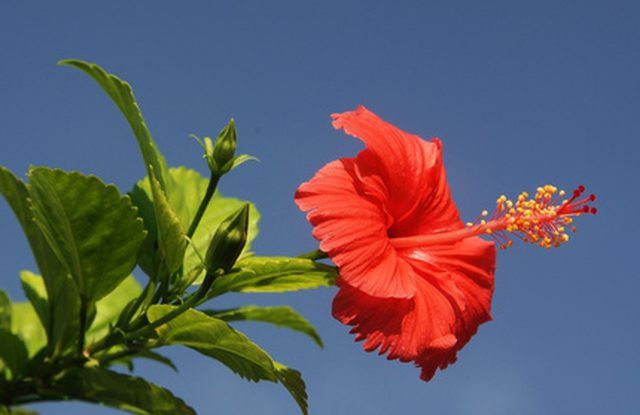Bulbs
Flower Basics
Flower Beds & Specialty Gardens
Flower Garden
Garden Furniture
Garden Gnomes
Garden Seeds
Garden Sheds
Garden Statues
Garden Tools & Supplies
Gardening Basics
Green & Organic
Groundcovers & Vines
Growing Annuals
Growing Basil
Growing Beans
Growing Berries
Growing Blueberries
Growing Cactus
Growing Corn
Growing Cotton
Growing Edibles
Growing Flowers
Growing Garlic
Growing Grapes
Growing Grass
Growing Herbs
Growing Jasmine
Growing Mint
Growing Mushrooms
Orchids
Growing Peanuts
Growing Perennials
Growing Plants
Growing Rosemary
Growing Roses
Growing Strawberries
Growing Sunflowers
Growing Thyme
Growing Tomatoes
Growing Tulips
Growing Vegetables
Herb Basics
Herb Garden
Indoor Growing
Landscaping Basics
Landscaping Patios
Landscaping Plants
Landscaping Shrubs
Landscaping Trees
Landscaping Walks & Pathways
Lawn Basics
Lawn Maintenance
Lawn Mowers
Lawn Ornaments
Lawn Planting
Lawn Tools
Outdoor Growing
Overall Landscape Planning
Pests, Weeds & Problems
Plant Basics
Rock Garden
Rose Garden
Shrubs
Soil
Specialty Gardens
Trees
Vegetable Garden
Yard Maintenance
How to Find a Zone Chart for Planting Flowers
How to Find a Zone Chart for Planting Flowers. The USDA Hardiness Zone Map is a color chart that was created in 1990. The majority of national garden publications and nurseries use this zone map to determine plant hardiness, according to the National Garden Association. The map divides the United States, Canada and Mexico into 11 different zones...

The USDA Hardiness Zone Map is a color chart that was created in 1990. The majority of national garden publications and nurseries use this zone map to determine plant hardiness, according to the National Garden Association. The map divides the United States, Canada and Mexico into 11 different zones according to the climate. Each of the zones differs by 10 degrees Fahrenheit in a typical winter. Planting flowers designated for your specific zone ensures the best growing environment.
Things You'll Need
Zip code
Find your zone by state. Use the link provided in Resources for the National Arboretum. Locate your states abbreviation and click on it. This opens a page with a region of the map that includes the state selected. Look at the map to find your zone using the color chart provided.
Locate your USDA hardiness zone by region. Open the link provided in Resources for the National Arboretum. Find your location on the map of North America and click on it to access the regional map. Locate your exact zone using the color chart to match the colors of your location.
Use your zip code to find your hardiness zone. Access the USDA Hardiness Zone Finder using the link provided in Resources for the National Garden Association. Insert your zip code in the space provided and click on the "Go>" button. This opens a new page with your zone listed along with other useful links, such as reports from your area, public gardens or events in your zip code and plants that develop best in your growing zone.